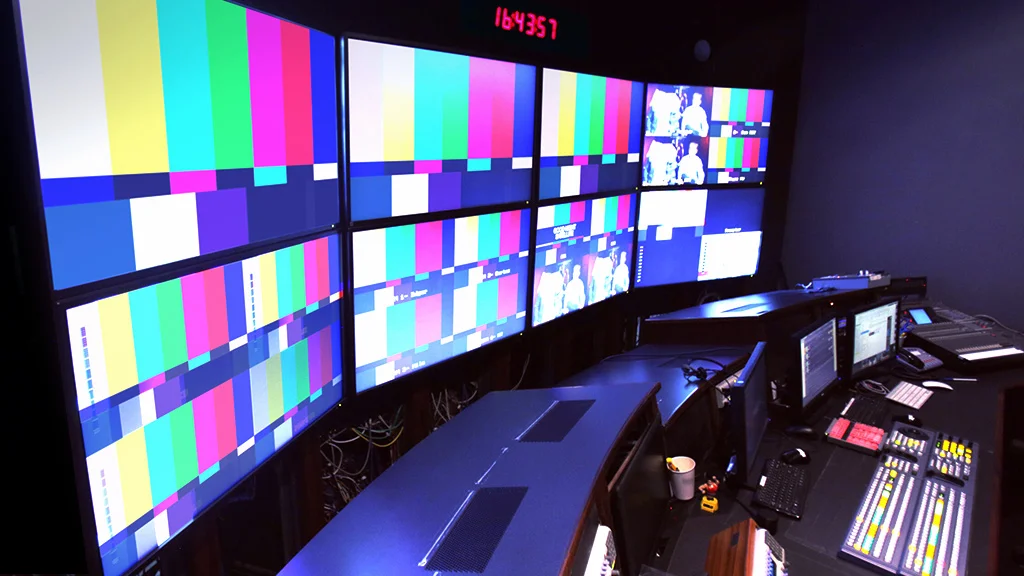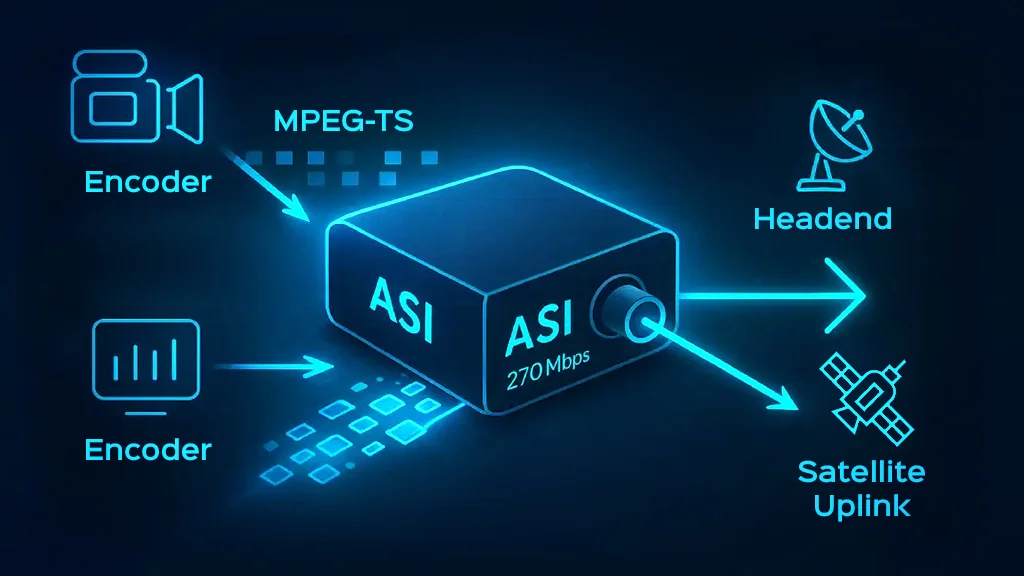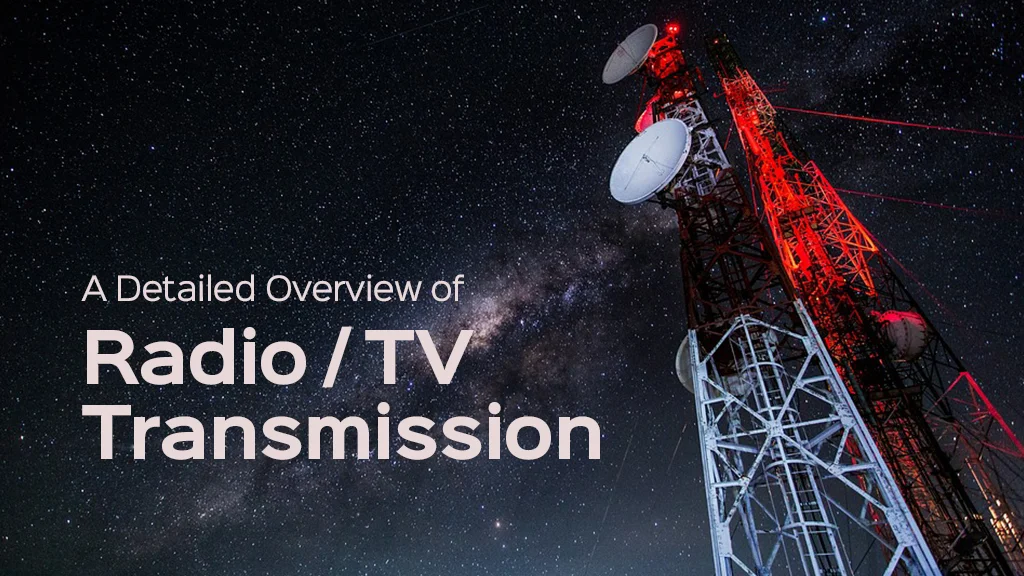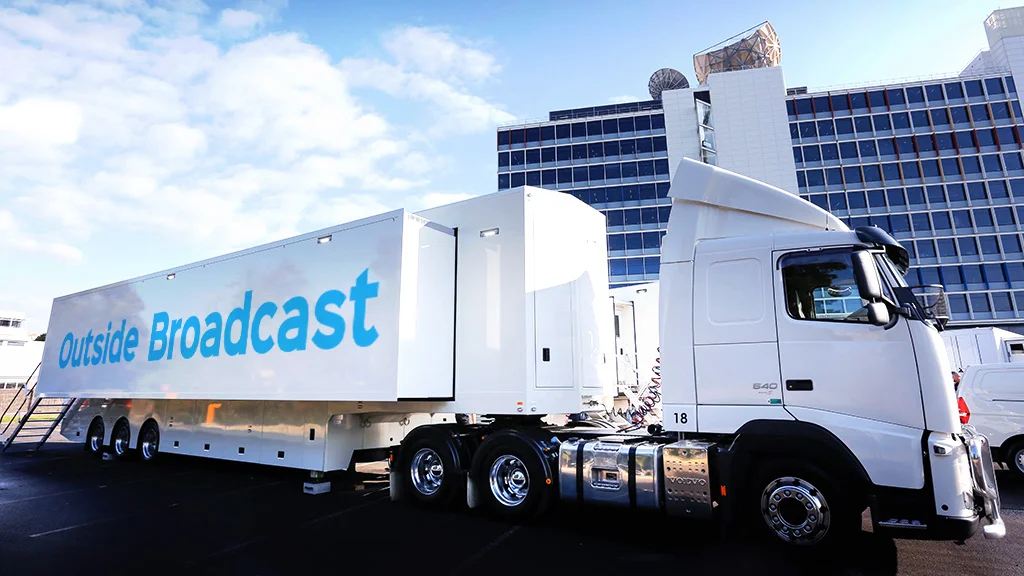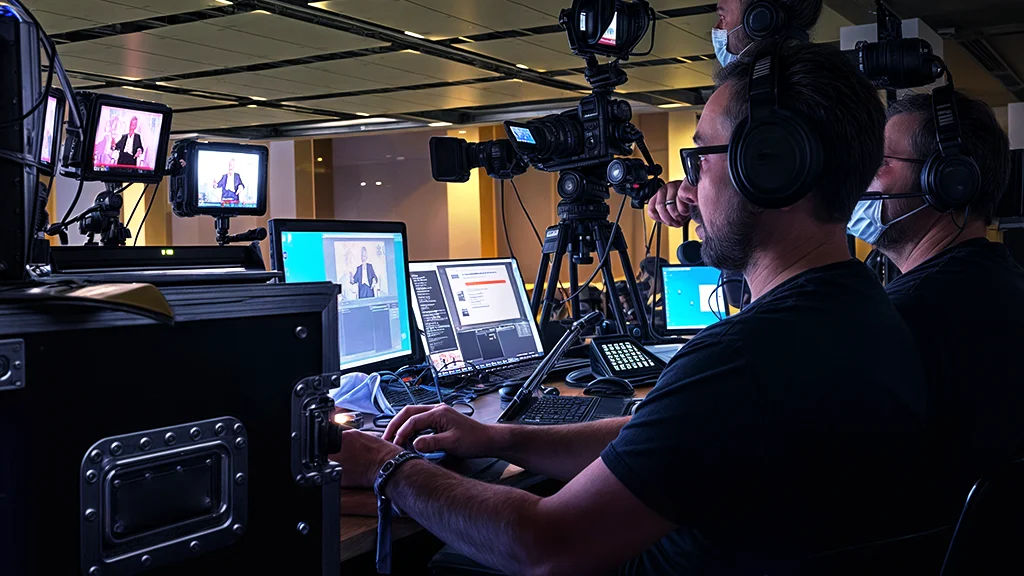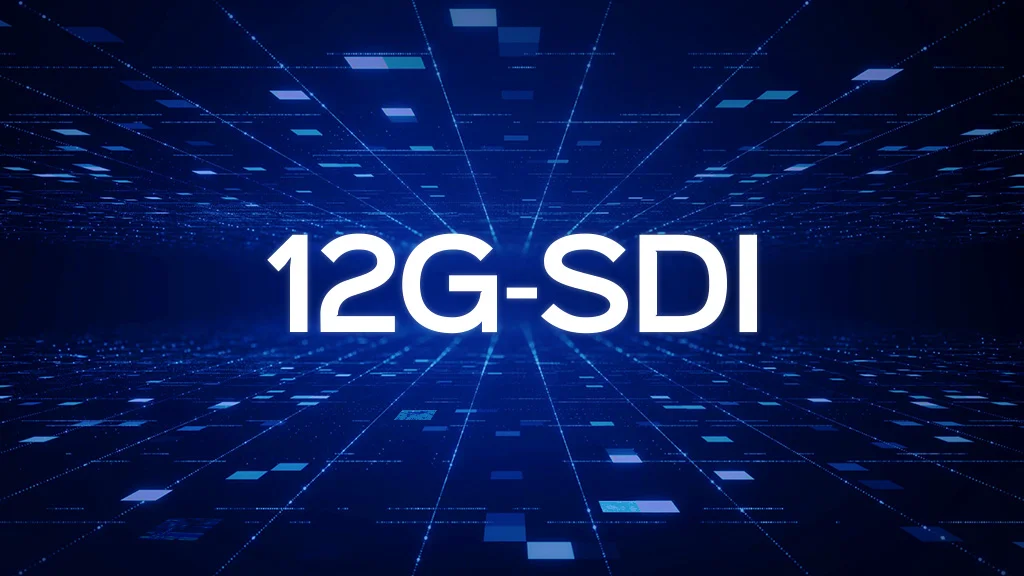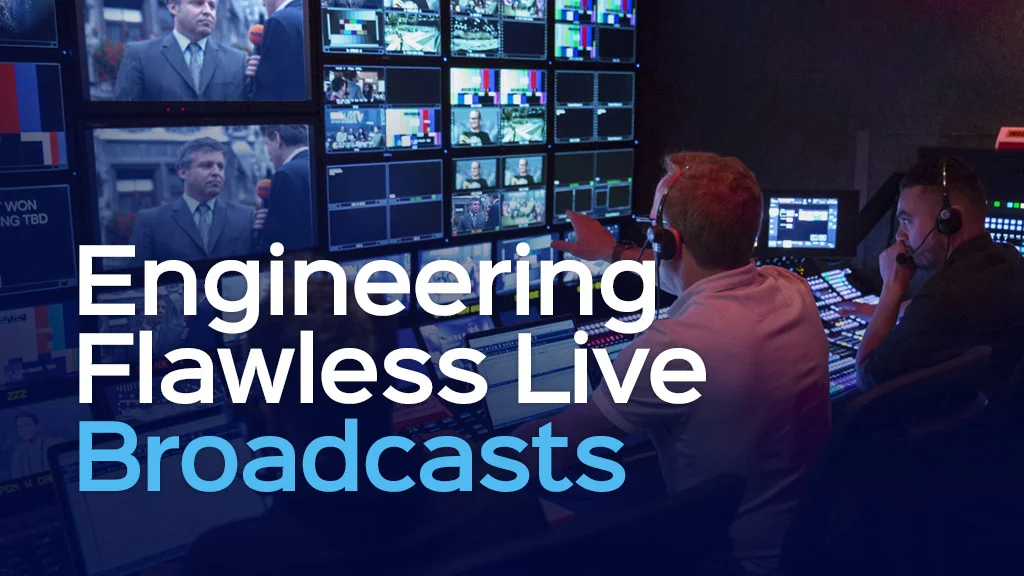
- Article
What Really Powers a Successful Live Broadcast production? Key Components Uncovered
A successful live broadcast hinges on a combination of advanced technical infrastructure, skilled human resources, thorough planning, and reliable equipment. This research delves into the vital elements that underpin successful live broadcast productions. It explores the technical infrastructure, human expertise, and innovative solutions that ensure seamless, high-quality broadcasts. By examining essential elements such as equipment, personnel, and advanced technological systems, this study seeks to offer a comprehensive insight into the key factors that drive successful live broadcasts. Special emphasis is placed on the innovative solutions and expert services provided by Samim Group to ensure excellence in live production.
Understanding Live Broadcast Production
Live broadcast production refers to the real-time process of capturing, transmitting, and delivering events directly to viewers through television, internet streaming, or other digital platforms. Unlike pre-recorded content, live production demands meticulous coordination and high reliability to ensure a seamless viewer experience.
Key aspects of live broadcast production:
Real-time Execution: Everything occurs instantly, requiring precise timing and coordination.
Multisource Management: Handling multiple camera angles, microphones, graphics, multiple video source and visual effects.
Technical Precision: Ensuring signal integrity, low latency, and high-quality output.
Flexibility and Adaptability: Ability to troubleshoot issues and adapt on the fly.
Audience Engagement: Delivering interactive and captivating content.
Understanding these fundamentals helps in grasping what makes a live broadcast successful and why robust infrastructure and expertise are essential.
tips to Make Sure Successful Live Broadcast Production
Achieving a smooth and professional live broadcast requires careful attention to several key factors:
Use the Right Equipment
High-quality cameras, multiviewers, switchers, routers, distributors and encoders are essential.
Hire Trained Human Resources
Skilled directors, camera operators, sound engineers, and technical staff who are well-trained in equipment and protocols are crucial for handling live scenarios smoothly.
Pre-Production Planning
Preparing detailed scripts, cue sheets, shot lists, and conducting rehearsals helps identify and resolve potential technical issues before going live.
Maintain Connectivity and Signal Quality
Using dedicated, high-capacity internet or satellite links, along with proper signal routing and latency management, ensures stable transmission.
Ensure Effective Communication
Utilizing intercom systems enables real-time coordination among crew members, reducing errors and improving response times.
Implement Redundancy and Backup Systems
Backup servers and power sources are vital for mitigating potential failures during the broadcast.
Monitor in Real-Time
Constantly checking audio, video, and signal quality allows quick detection and correction of issues during the live event.
Plan for Contingencies
Developing emergency protocols prepares your team to handle technical failures or unforeseen challenges swiftly.
Post-Event Review
Analyzing the broadcast afterward helps identify areas for improvement, ensuring better quality in future productions.

Core Technical Live Broadcast Production Infrastructure
Live Broadcast Production Infrastructure comprises a range of advanced equipment and systems that work together to manage, control, and transmit audio and video signals in real-time, without interruptions. In this context, we explore the key components of this technical framework, including the Production Control Room, signal routing and processing systems, intercom and communication networks, monitoring and quality control tools, and automation technologies.
These elements collectively form the foundation of a professional and seamless live broadcast, enabling efficient coordination, quick problem-solving, and maintaining consistent broadcast quality under any circumstances.
Production Control Room (PCR): The PCR is the central hub where the broadcast is directed and monitored. It houses the essential equipment and skilled personnel responsible for switching video feeds, managing graphics, and overseeing the overall production flow. The PCR ensures the seamless integration of various technical elements such as audio, video, and live feeds, while maintaining precise timing and coordination.
It also plays a vital role in troubleshooting and resolving any technical issues promptly to prevent disruptions during live transmissions. Additionally, the PCR coordinates with different production departments, controlling the order and timing of content delivery, and ensuring that the broadcast meets quality standards.
Signal Routing and Processing: Signal Routing and Processing involves managing the flow and quality of audio and video signals within the live broadcast infrastructure. It utilizes the broadcast router to efficiently direct multiple signal sources to the appropriate destinations, ensuring that the correct feeds are delivered to on-air talent, control rooms, and transmission points. This process is essential for maintaining a seamless and professional broadcast, allowing for real-time switching, mixing, and processing of signals to achieve high-quality output during live transmissions.
In this context, audio and video mixers play a crucial role by enabling operators to combine multiple sources, adjust levels, and apply effects to ensure clear and balanced sound and visuals. Distribution amplifiers are used to evenly distribute signals to various destinations without losing quality, ensuring all parts of the system receive the same stable signal.
Embedders and de-embedders are devices that integrate audio signals into video streams or extract audio from them, facilitating synchronized audio-visual transmission. Together, these components enable flexible, efficient, and high-quality live Broadcast production, allowing producers to manage complex signal flows with precision and reliability.
Intercom and Communication Systems: Intercom and Communication Systems are vital components within the production control room, enabling real-time, clear, and reliable communication among different team members involved in the broadcast. These systems facilitate seamless coordination between directors, technical staff, on-air talent, and other departments, ensuring that everyone is synchronized and can respond swiftly to any situation during a live transmission.
Monitoring and Quality Control: Monitoring within the production control room involve using tools such as the multiviewer to observe multiple video feeds simultaneously during live broadcasting. This process ensures that all visuals and audio are properly synchronized, clear, and meet quality standards. The production control room oversees this monitoring to promptly detect and address any technical issues or discrepancies, guaranteeing a smooth and professional live broadcast.
Automation: Automation plays a significant role in live broadcast production by enabling precise control and coordination of various production elements without the need for constant manual intervention. Through advanced planning and scheduling, this technology automatically handles tasks such as switching between video feeds, adding graphics, inserting commercials, and managing the overall flow of the broadcast.
Additionally, automation ensures that responsibilities are executed in an organized and timely manner, helping to prevent errors and maintain consistent quality throughout the live transmission. As a result, it supports the creation of professional, seamless, and high-quality live programs, allowing producers and technical staff to focus more on content and execution.
A well-designed infrastructure incorporating these elements ensures the broadcast runs smoothly, maintains high quality, and can adapt swiftly to any unforeseen technical challenges.
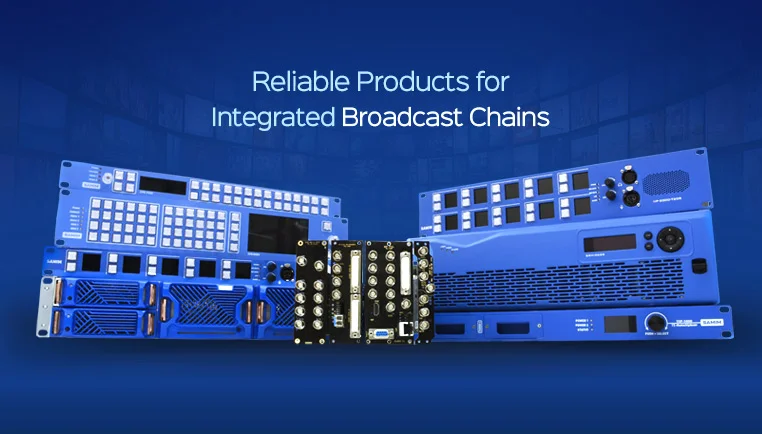
Samim Solutions for successful Live Broadcast production
In the world of live broadcasting, quality, reliability, and coordination play a crucial role in delivering engaging and flawless programs. Samim Group offers comprehensive and specialized solutions to ensure successful live production. From designing advanced infrastructures to team training and ongoing support, every step is meticulously planned to ensure that technical processes run smoothly, providing your audience with an exceptional experience. Below, you will find an overview of Samim Group’s services and solutions for successful live broadcasting.
Customized Infrastructure Setup
At Samim Group, we analyze the specific needs of each project to design tailored control and production infrastructures. This involves selecting top-tier hardware, efficient software, and creating a cohesive architecture that enables comprehensive management of live operations. Our primary goal is to ensure stability, speed, and flexibility throughout the entire production process, guaranteeing that systems perform flawlessly under any conditions.
End-to-end Signal Routing
Video and audio signals in live broadcasts must be transmitted quickly and error-free. Samim Group employs state-of-the-art, multi-layered routing systems capable of handling complex live events. These systems provide flexible pathways and configurations, reducing technical errors and enhancing overall efficiency. They enable seamless management of multiple signals and sources, ensuring consistent quality and reliability.
Intercom and Communication Systems
Effective and instant communication between different teams is vital in live production. Samim Group offers powerful, seamless intercom and internal communication systems compatible with the latest technologies. These systems facilitate real-time coordination, rapid updates, and continuous control over activities, dramatically improving team collaboration and overall event management.
Training and Support Services
We equip teams with practical training sessions, enhancing their skills and technical knowledge necessary for efficient utilization of the systems. Furthermore, our dedicated technical support team provides continuous assistance during and after the projects, resolving issues promptly to minimize downtime and ensuring high-quality live broadcasts at all times.
Streamlined Workflow Integration
Samim Group designs and implements integrated workflows that connect all technical elements into a unified system. This integration boosts operational efficiency, reduces errors, and accelerates processes. The end result is a high-performance, well-coordinated production environment that delivers exceptional quality.
Innovative Technologies
We continuously incorporate the latest advancements, such as IP-based systems, cloud solutions, and automation tools, into our projects. These technologies enable remote control, real-time monitoring, and full automation of workflows, ensuring your live production is future-proof, flexible, and scalable.
Maintenance and Troubleshooting
Ongoing support and preventive maintenance are critical for minimizing technical disruptions. Our expert technical team proactively monitors and maintains systems, quickly identifying and resolving issues to ensure uninterrupted operation. This commitment guarantees reliable performance and peace of mind during live events.

